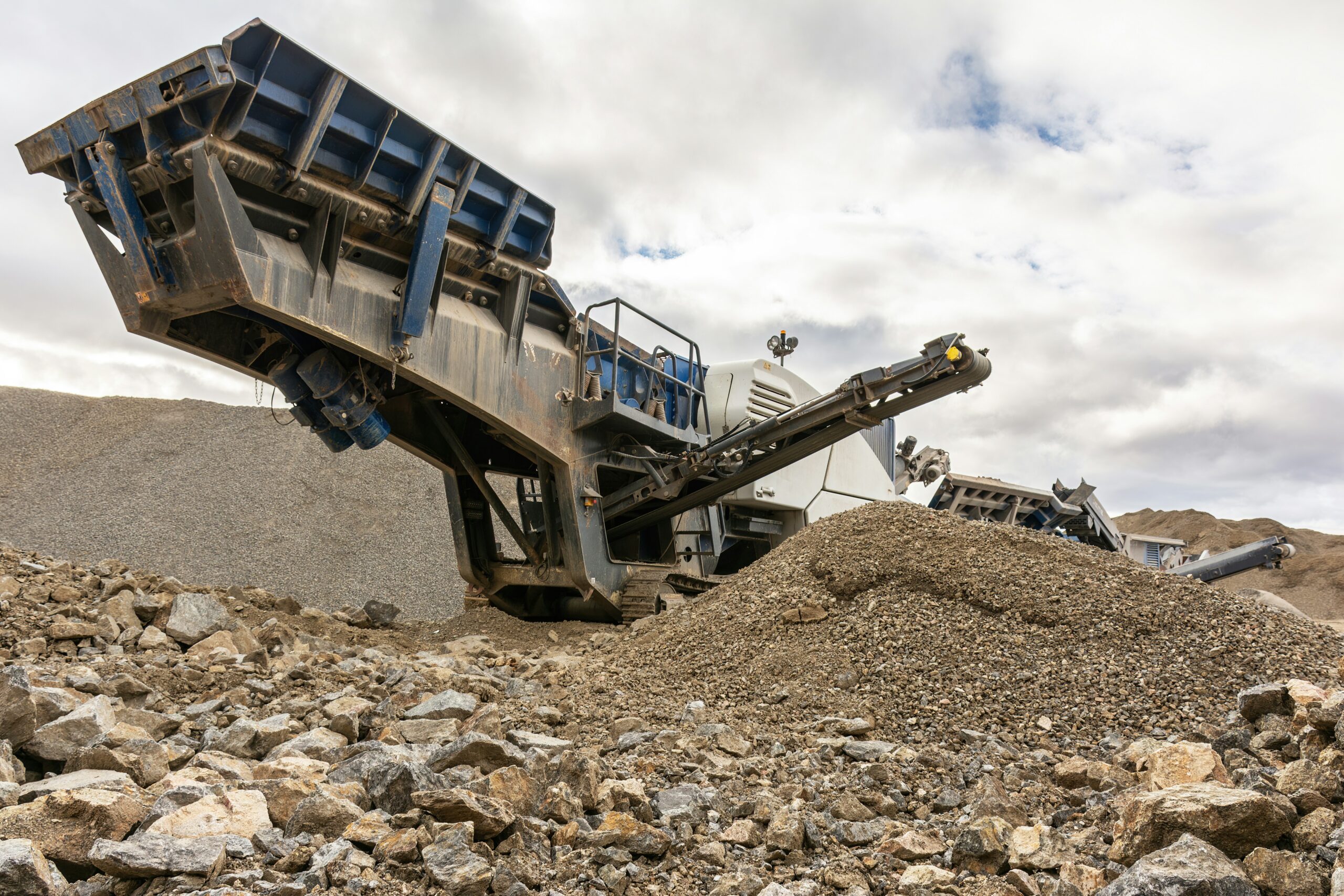
Mining has always played a central role in fueling industrial growth and modern life. From powering homes to building cities, minerals and metals form the backbone of economic development. However, the global mining industry now faces unprecedented challenges as it confronts rising demand, environmental concerns, and shifting expectations from communities and governments. Addressing these issues requires a fresh perspective that prioritizes sustainability without sacrificing efficiency.
At the same time, the industry cannot ignore its critical importance. As economies expand and populations grow, demand for resources continues to surge. Renewable energy, electric vehicles, and advanced technologies all rely on minerals such as lithium, cobalt, and copper. This dual pressure—meeting rising needs while reducing environmental impact—defines the challenge of rethinking mining in the twenty-first century.
Balancing Demand and Responsibility
The future of mining depends on striking a balance between resource extraction and environmental stewardship. Investors, governments, and consumers increasingly expect companies to adopt cleaner practices, minimize waste, and reduce emissions. In response, many firms are embracing renewable energy for operations, exploring low-impact extraction methods, and investing in the rehabilitation of mined land. These changes reflect not just compliance with regulations but a proactive effort to redefine mining’s role in society.
However, responsibility must extend beyond the environment. Communities near mining sites often face disruptions to their livelihoods and health. Building trust requires companies to engage openly with local populations, create employment opportunities, and share the benefits of resource development with them. By integrating social responsibility with environmental care, mining firms demonstrate that economic value and community well-being can coexist.
Technology as a Catalyst for Transformation
Technology offers one of the most promising paths to rethinking global mining. Advances in automation, data analytics, and remote monitoring enable companies to enhance efficiency while minimizing human exposure to hazardous conditions. Drones, sensors, and artificial intelligence enhance exploration and extraction, making them more precise and reducing waste while optimizing output. By adopting these innovations, the industry positions itself for greater productivity with a smaller environmental footprint.
Moreover, technology enables transparency. Digital platforms that track the origin of minerals assure buyers that materials are sourced responsibly. As consumers demand greater accountability in supply chains, these systems help establish trust and credibility. By merging innovation with ethical practice, mining companies can respond to both market pressures and public expectations in meaningful ways.
The Role of Policy and Global Cooperation
Governments and international bodies exert significant influence over the mining sector. Regulations on safety, emissions, and community impact shape how operations proceed, while trade policies affect the flow of resources across borders. The challenge lies in creating policies that encourage sustainable practices without stifling growth. Effective frameworks strike a balance, promoting accountability while supporting industry innovation.
Global cooperation also plays an essential role. Minerals often cross multiple borders before reaching final markets, making collaboration between nations crucial. Initiatives that promote fair trade, resource sharing, and environmental safeguards ensure that mining supports broader goals of global stability and equity. When countries work together, they reduce conflicts and enhance the long-term viability of the sector.
Sustainability as a Competitive Advantage
Sustainability is no longer just an ethical consideration—it has become a business advantage. Investors increasingly favor companies that integrate environmental, social, and governance (ESG) principles into their operations. Mining firms that adopt these practices attract more capital, secure better partnerships, and strengthen their reputation. By aligning sustainability with profitability, they transform challenges into opportunities for growth and success.
At the same time, sustainable practices drive innovation. Companies that invest in renewable energy, recycling, and closed-loop systems often uncover efficiencies that lower costs. These improvements enhance competitiveness while reducing environmental risks. By demonstrating that sustainability contributes directly to performance, mining firms encourage broader adoption across the industry.
Meeting the Demands of the Energy Transition
The global shift toward renewable energy and electrification places mining at the center of transformation. Solar panels, wind turbines, and batteries depend on a steady supply of critical minerals. This demand creates new opportunities for the industry but also raises concerns about over-extraction and environmental damage. To succeed, mining companies must expand responsibly, ensuring that the clean energy transition does not create new ecological crises.
Additionally, recycling and circular economy strategies provide alternatives to constant extraction. By recovering metals from used electronics, batteries, and infrastructure, the industry reduces pressure on natural resources. Integrating recycling with mining operations offers a pathway to meet demand while conserving ecosystems. This shift demonstrates that rethinking mining involves not only extracting more but also reusing what already exists.
The Human Dimension of Mining
While technology and policy play vital roles, the human dimension remains central to rethinking the mining industry. Workers, communities, and consumers all play a crucial role in shaping the evolution of the sector. Protecting worker safety through better conditions and training strengthens loyalty and reduces accidents. Likewise, creating educational opportunities and community programs builds lasting goodwill in mining regions.
Consumers also hold increasing power by demanding ethically sourced materials. As awareness grows, companies must prove that their operations respect human rights and environmental standards. Meeting these expectations requires not only compliance but also genuine commitment. By centering people in their strategies, mining firms ensure that progress benefits all stakeholders.
A Path Toward Resilience and Growth
The mining industry’s future depends on its ability to adapt to new realities. Embracing sustainability, technology, and cooperation allows it to thrive in an era defined by both rising demand and heightened responsibility. Companies that resist change risk falling behind, while those that innovate and invest in cleaner practices gain long-term advantages.
Resilience comes from recognizing that mining’s challenges are also opportunities. By redefining how resources are extracted, managed, and distributed, the industry contributes to economic progress while protecting the planet. This vision of responsible growth ensures mining remains not just relevant but indispensable in building a sustainable global economy.